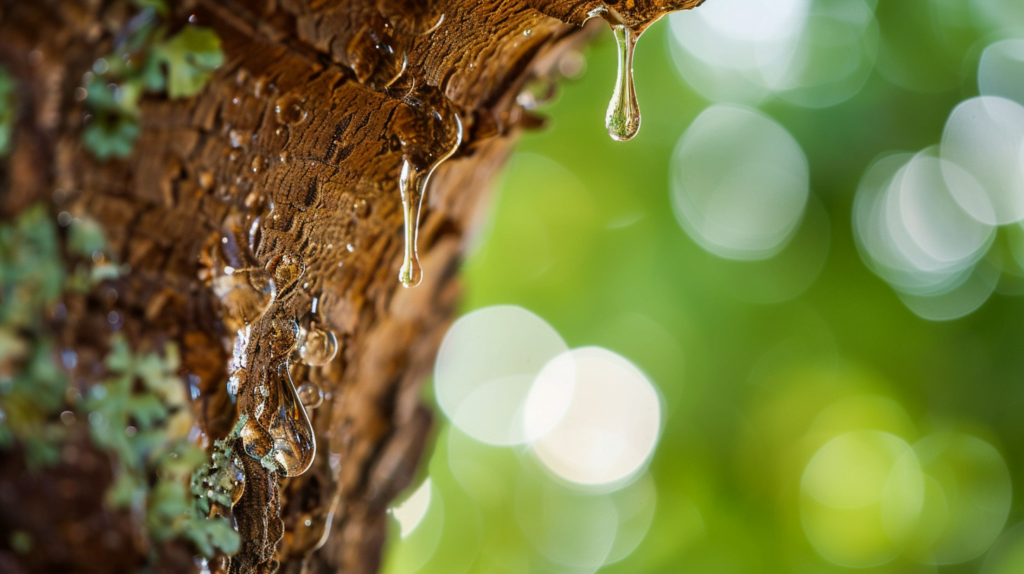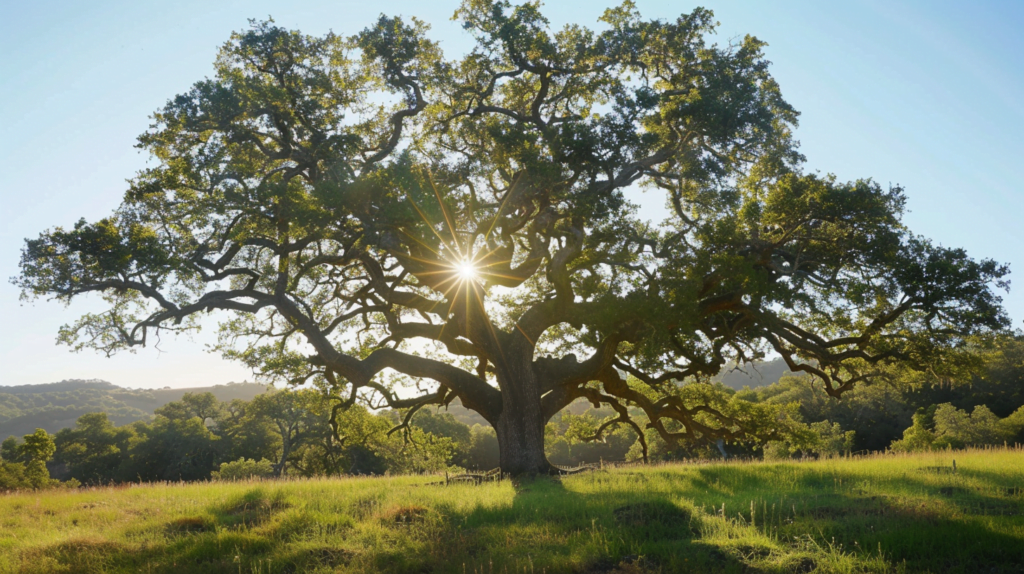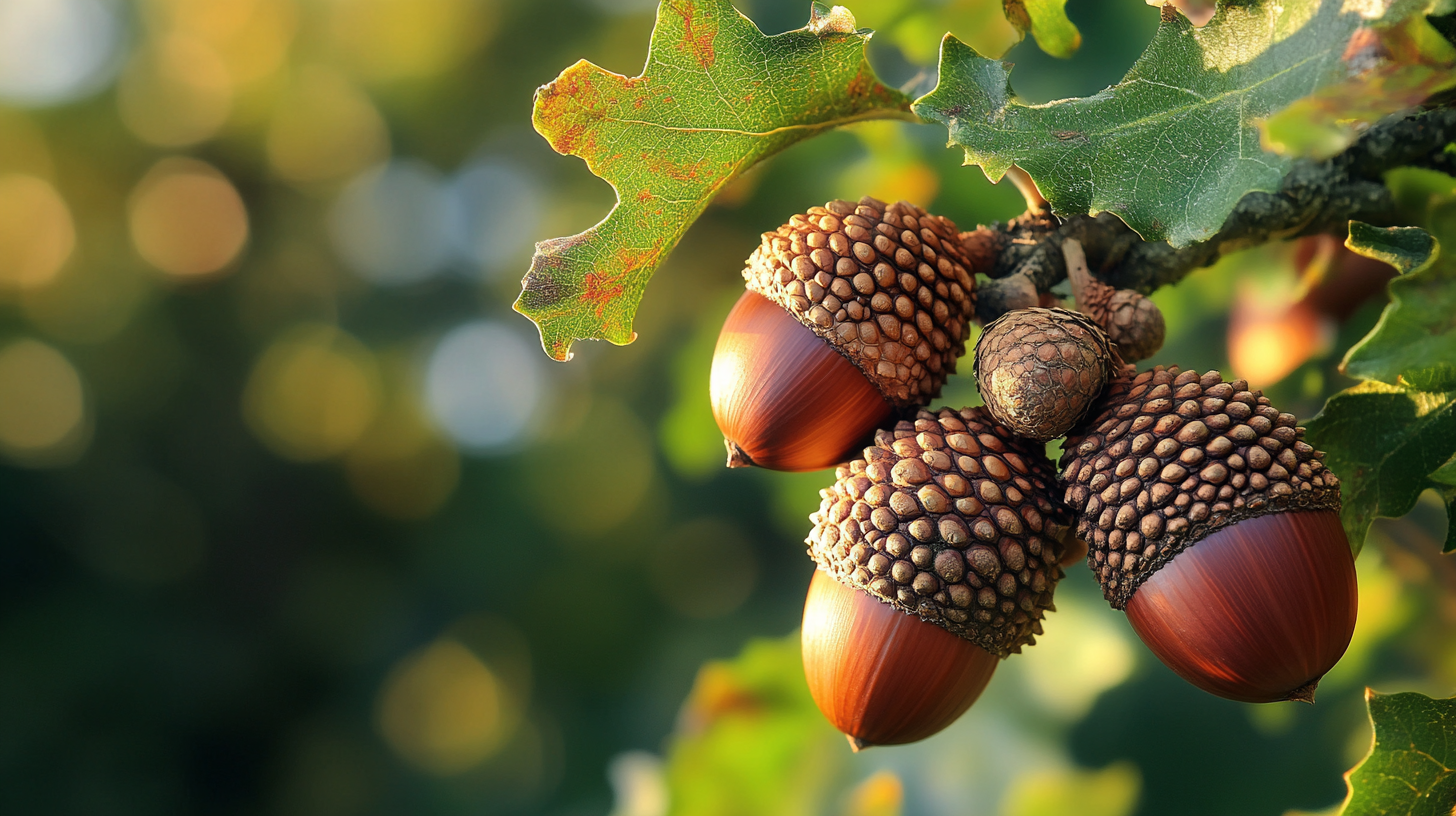Table of Contents
As the demand for natural sweeteners continues to rise, many are wondering if oak trees can be tapped for syrup, just like their maple counterparts. While maple syrup has been a staple in many kitchens for centuries, the idea of harvesting syrup from oak trees is a relatively new concept. In this article, we’ll delve into the world of oak syrup production, exploring the possibilities, challenges, and considerations involved in tapping oak trees for their sweet, sticky goodness.
How Maple Syrup is Typically Made
Before we dive into the world of oak syrup, it’s essential to understand how maple syrup is typically made. Maple syrup production is a labor-intensive process that involves collecting sap from maple trees, specifically the sugar maple (Acer saccharum) and black maple (Acer nigrum). The process begins in late winter or early spring, when the temperatures are below freezing at night and above freezing during the day. This temperature fluctuation creates positive pressure inside the tree, causing the sap to flow out through taps inserted into the trunk.
The collected sap is then boiled down to concentrate the sugars, resulting in the thick, syrupy liquid we all know and love. It takes approximately 40 gallons of sap to produce just one gallon of maple syrup, making it a time-consuming and labor-intensive process.
Can Oak Trees Be Tapped for Syrup?
So, can oak trees be tapped for syrup? The short answer is yes, but it’s not as simple as tapping a maple tree. Oak trees, particularly the white oak (Quercus alba) and red oak (Quercus rubra), do produce sap that contains sugars, but the composition and flow of the sap are different from those of maple trees.
Oak sap contains a lower concentration of sugars than maple sap, typically ranging from 2-5% compared to maple sap’s 2-10%. This means that more oak sap is required to produce the same amount of syrup, making the process less efficient. Additionally, oak sap tends to flow more slowly and for a shorter period than maple sap, further complicating the collection process.
Types of Oak Trees and Their Sap
Not all oak trees are created equal when it comes to syrup production. Some species, like the white oak and red oak, have a higher sugar content in their sap than others. Here’s a breakdown of some common oak species and their sap characteristics:
| Oak Species | Sap Sugar Content |
|---|---|
| White Oak (Quercus alba) | 2-4% |
| Red Oak (Quercus rubra) | 2-5% |
| English Oak (Quercus robur) | 1-3% |
| Pin Oak (Quercus palustris) | 1-2% |
As you can see, the white oak and red oak are the most promising species for syrup production, but even their sap sugar content is lower than that of maple trees.

Tapping Oak Trees: Challenges and Considerations
Tapping oak trees for syrup comes with its own set of challenges and considerations. One of the primary concerns is the potential impact on the tree’s health and longevity. Oak trees are more sensitive to tapping than maple trees, and improper tapping techniques can cause damage to the tree’s bark and vascular system.
Additionally, the slower and shorter sap flow of oak trees means that collectors must be prepared to spend more time and resources on collection and boiling. This can make oak syrup production more expensive and labor-intensive than traditional maple syrup production.
Oak Syrup vs. Maple Syrup: A Comparison
So, how does oak syrup compare to maple syrup? Here are some key differences:
Taste
Oak syrup has a richer, more robust flavor profile than maple syrup, with notes of vanilla, caramel, and oak (of course!). Maple syrup, on the other hand, has a lighter, more delicate flavor.
Texture
Oak syrup is typically thicker and more viscous than maple syrup, making it better suited for cooking and baking.
Nutritional Content
Both oak and maple syrup are rich in minerals like manganese and zinc, but oak syrup contains more antioxidants and a higher concentration of polyphenols.
Is Oak Syrup Production Worth It?
While oak syrup production is possible, the question remains: is it worth it? The answer depends on several factors, including the cost of production, market demand, and environmental impact.
From an economic perspective, oak syrup production is currently more expensive than maple syrup production due to the lower sap sugar content and slower sap flow. However, as demand for natural sweeteners continues to rise, the market for oak syrup may grow, making it a more viable option for producers.
From an environmental perspective, oak syrup production can be more sustainable than maple syrup production, as oak trees are more widely available and require less maintenance than maple trees.
Conclusion
Can oak trees be tapped for syrup? The answer is yes, but it’s not without its challenges and considerations. While oak syrup production is possible, it requires a deeper understanding of the sap composition, flow, and collection process. With the right techniques and equipment, oak syrup can be a delicious and sustainable alternative to traditional maple syrup.

Frequently Asked Questions
Can any type of oak tree be tapped for syrup?
While any oak tree can be tapped, the white oak and red oak are the most promising species for syrup production due to their higher sap sugar content.
How does the taste of oak syrup compare to maple syrup?
Oak syrup has a richer, more robust flavor profile than maple syrup, with notes of vanilla, caramel, and oak.
Is oak syrup production more or less expensive than maple syrup production?
Oak syrup production is currently more expensive than maple syrup production due to the lower sap sugar content and slower sap flow.
Can I tap my own oak tree for syrup at home?
Yes, but it’s essential to follow proper tapping techniques and equipment to avoid damaging the tree. It’s also important to note that oak syrup production is a labor-intensive process that requires a significant amount of time and resources.
Additional Resources
For those interested in learning more about oak syrup and maple syrup production, here are some recommended resources:
- The Maple Syrup Producers Association of Ontario
- The International Maple Syrup Institute
- Oak Syrup Production: A Guide for Beginners (book)
By exploring the possibility of tapping oak trees for syrup, we can gain a deeper appreciation for the complexity and beauty of natural sweetener production. Whether you’re a seasoned syrup producer or just a curious consumer, the world of oak syrup is definitely worth exploring.




